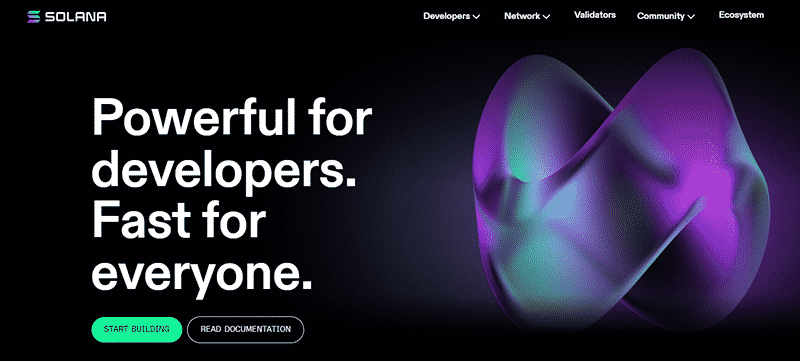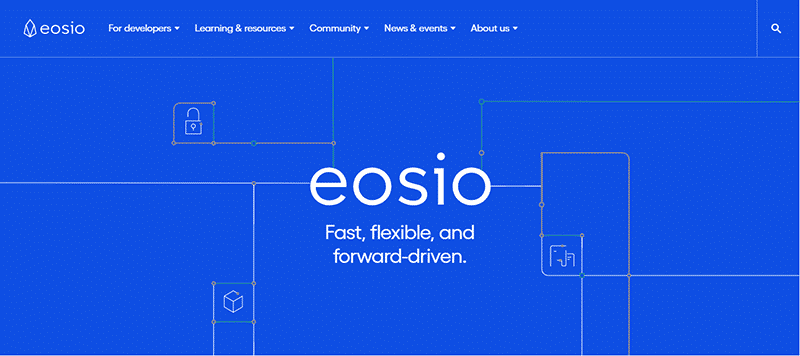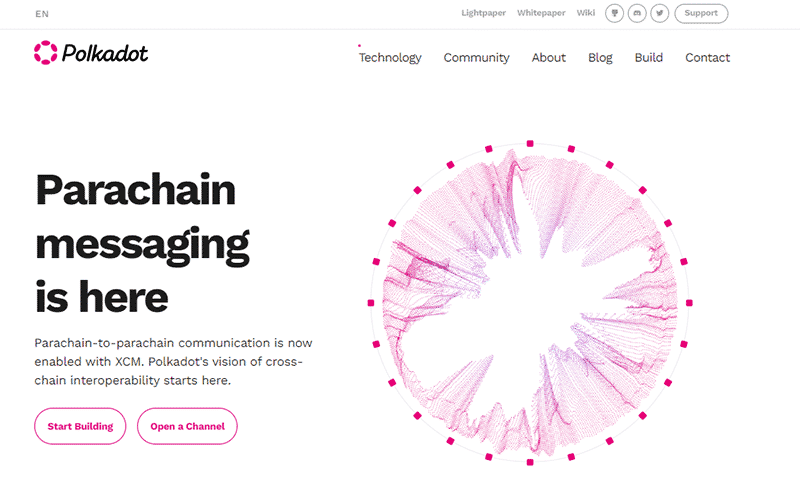Launched in 2015, Ethereum was the first blockchain to incorporate smart contract functionality. Smart contracts are essentially self-executing blocks of code that are hosted on the blockchain, which enable developers to build applications and other projects upon them. This saw the network attract developers aplenty, catapulting it to the number 2 spot on the largest blockchains, a position it’s held up to date. However, there are several subsequent blockchains that are looking to topple this market leader, and they are collectively called Ethereum killers.
About Ethereum killers
We have established that smart contract functionality was the driving force behind Ethereum’s popularity. However, pretty soon, Ethereum became a victim of its own success. The proof of work consensus mechanism it is built on only allows 13 to 15 transactions per second. The slow speed meant that users had to pay miners higher gas fees to incentivize them to prioritize their transactions.
What’s more, environmentalists have raised concerns over the large energy outlay required by proof of work ecosystems. To remedy this, Ethereum is currently in the works to launch Ethereum 2.0, which will see it switch to the far more sustainable Proof of Stake (PoS) mechanism. Another issue that plagues Ethereum is a lack of interoperability with other chains.
All these issues have brought rise to a new asset class of cryptos trying to steal Ethereum’s market share. They are doing this by solving this first market mover’s underlying issues and providing their users with a fast, efficient and seamless transaction experience. That being said, let’s look at the top ETH killers in 2022.
ADA

ADA, the native token of the Cardano blockchain, is the 8th largest cryptocurrency by market cap. By design, it has a fixed supply, which means its demand will only rise as its adoption increases. Cardano runs on the PoS mechanism and is capable of processing up to 266 transactions per second. What’s more, with its Hydra upgrade, the network promises to increase transaction speeds even further by using a layer 2 solution.
This blockchain is known for its emphasis on research. All its upgrades are extensively peer-reviewed, which means they take a long time to launch. Case in point, smart contract functionality was only introduced in September of 2021. This allowed Cardano to support NFTs and several dApps.
SOL

SOL, the native token of the Solana ecosystem, is currently the 7th largest cryptocurrency by market cap at the time of writing. Solana boasts a block time of 400ms against Ethereum’s 10 seconds. Thanks to its smart contract functionality, it plays host to over 250 dApps. It is also home to the famous Degenerative Ape Academy NFT collection.
It runs on the Proof of History mechanism, which resembles PoS but incorporates a timestamp component to transactions to enable easier retrieval. This translates to faster transaction speeds than in PoS. It also supports Sea Level, which is a mechanism for running smart contracts concurrently, thus improving its speed even further.
EOS

EOS is the token behind the EOS blockchain. The chain was launched in 2018 with built-in smart contract functionality. Its main aim is to reduce coding requirements, enabling everyday users to interact with and create dApps on its network. It utilizes the delegated proof of stake (dPoS) mechanism, where validators are randomly chosen to verify new transaction blocks. In return, they earn newly minted EOS tokens. What’s more, it boasts a transaction time of 500 ms, free transactions, and free developer tools.
DOT

Ranked the 13th largest cryptocurrency by market cap, DOT is the native token of the Polkadot ecosystem. Polkadot was designed with the Web 3.0 movement in mind, and it is renowned for its interoperability. By design, it combines multiple chains to improve transaction speed and volume, efficiency, and security. Developers can create their own sidechains called parachains, which are then voted for through an auction to add them to the Polkadot network. The approved parachains are then connected to Polkadot’s relay.
This blockchain currently supports around 1,000 transactions per second. Gavin Wood, its founder, claims that this speed could very well hit highs of 1 million TPS. With Ethereum 2.0 projected to reach speeds of 100,000 TPS, Polkadot has Ethereum beat in terms of scalability, speed, and interoperability. It is also forkless, which means investors don’t have to worry about hard forks.
AVAX

AVAX is a token native to the Avalanche blockchain. Despite being one of the youngest blockchains in the space, Avalanche has made significant strides to earn its place as an Ethereum killer. It offers transaction speeds of 4,500 TPS, while its full, production-ready version is capable of increasing this number to 20,000 TPS. What’s more, transactions are only charged the low fee of $0.095.
A unique feature of this blockchain is its Avalanche Bridge, which allows the transfer of assets between itself and Ethereum. Thanks to its breadth of attractive features, Three Arrows Capital recently announced its migration from Ethereum to Avalanche, citing the former chain’s high gas fees as the reason behind the move. According to DeFi Llama, Avalanche has a TVL of $7.27 billion, and AVAX is currently the 12th largest coin by market cap at the time of writing.
Conclusion
Ethereum is, by all means, a giant in the crypto space, having secured itself as the second-largest blockchain. This can be attributed to its smart contract functionality, of which it was the pioneer. However, it is plagued with exorbitant gas fees and congestion, factors which have seen several blockchains come up to try to steal away its market share. Whether they will be successful or not is up for debate, but some of these blockchains are making significant strides in that direction. We’ve discussed the top 5 ETH killers, but keep in mind that investing in crypto is a highly risky venture. To that end, any recommendations in this article should not be construed as investment advice.



